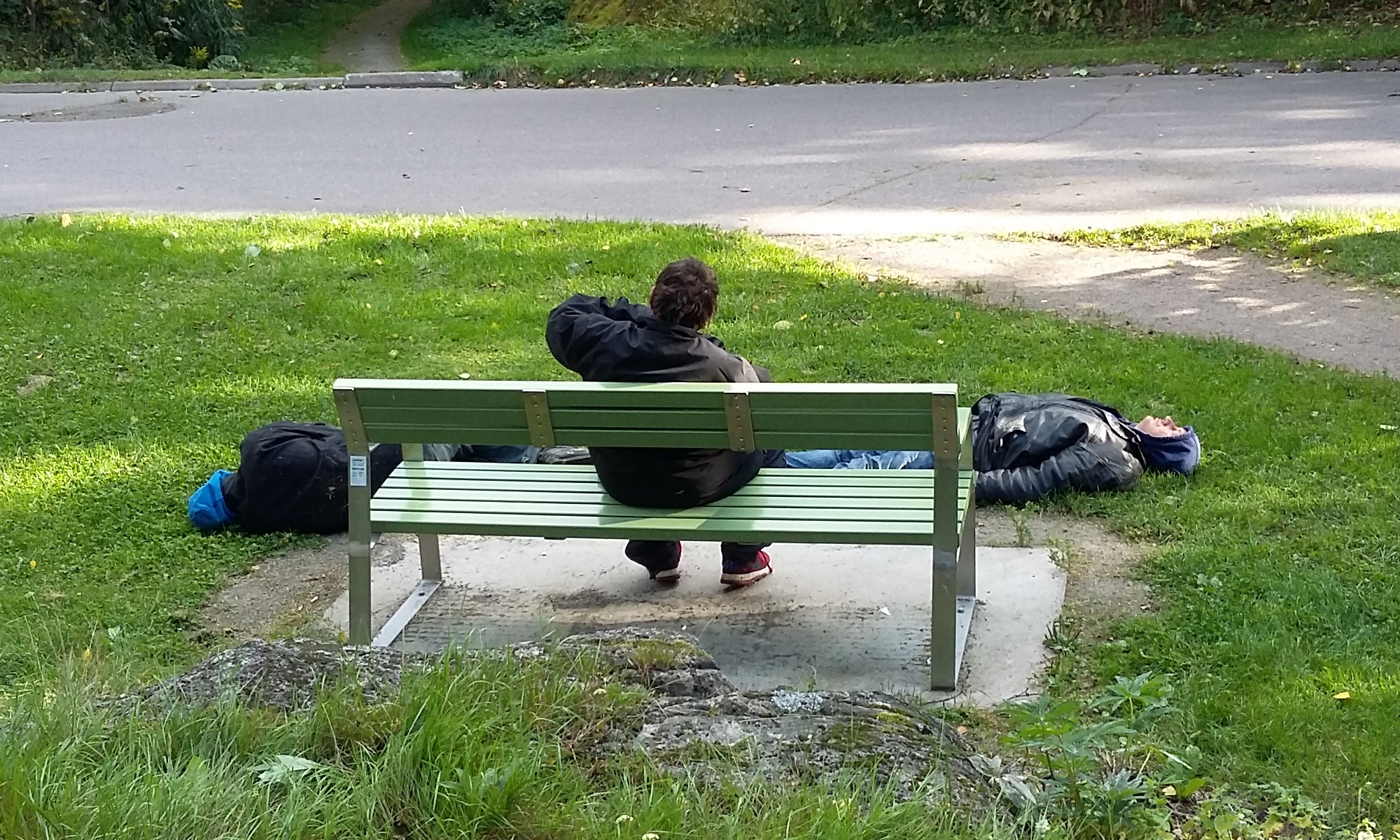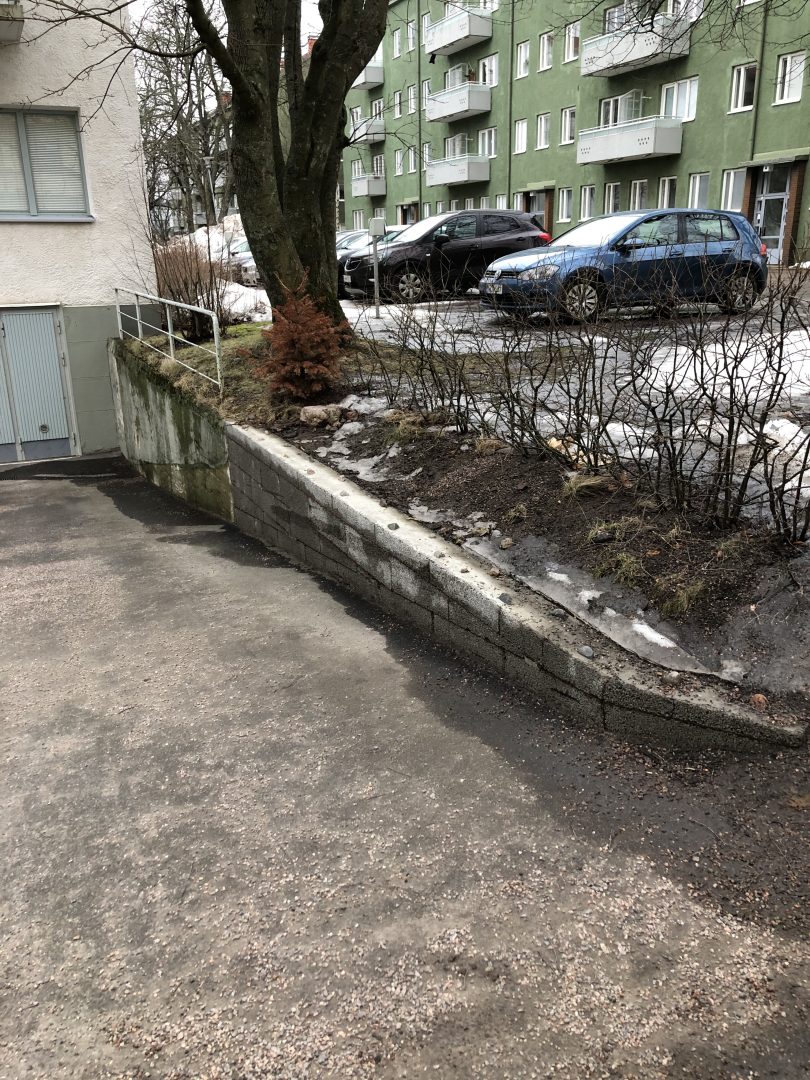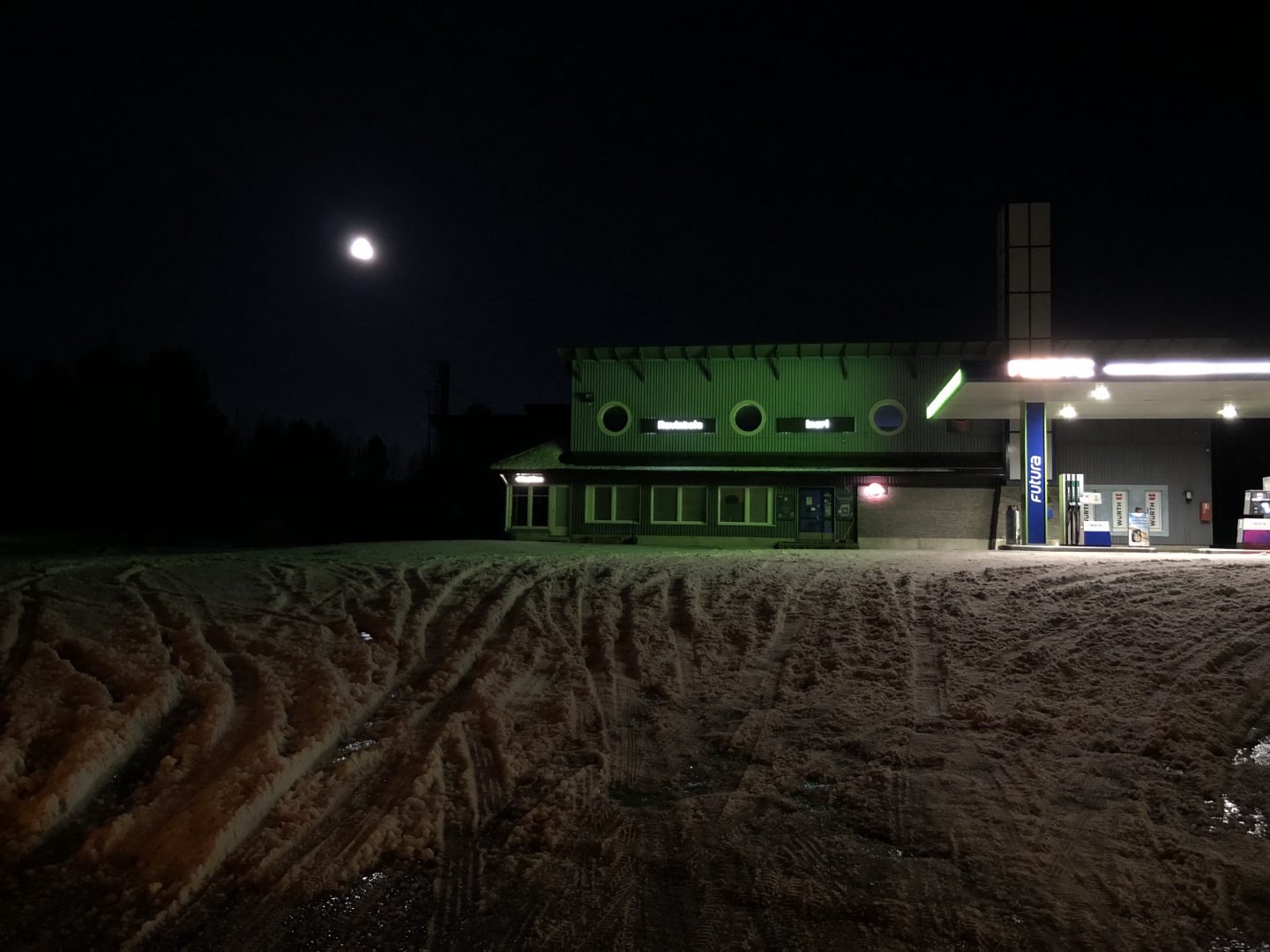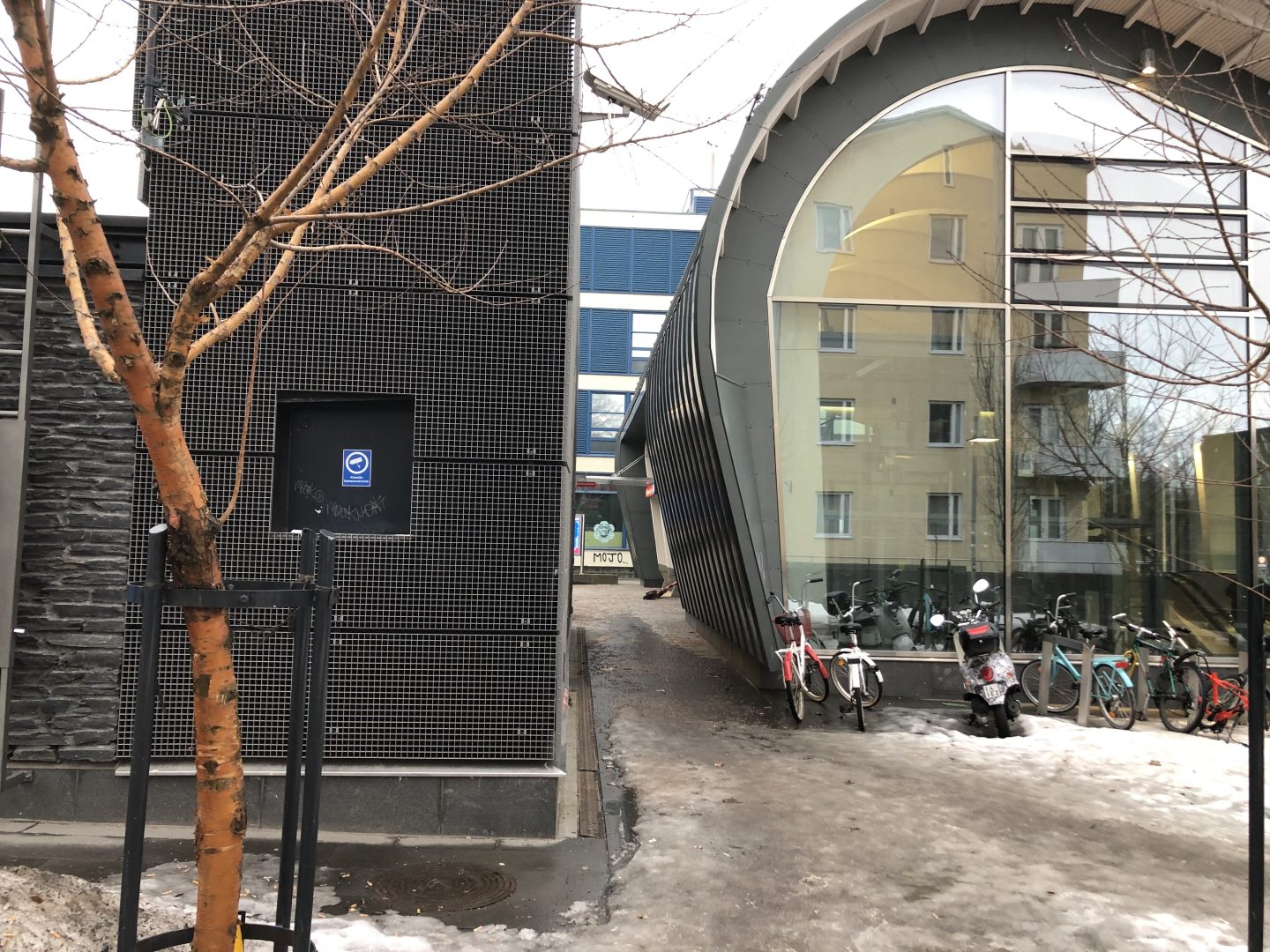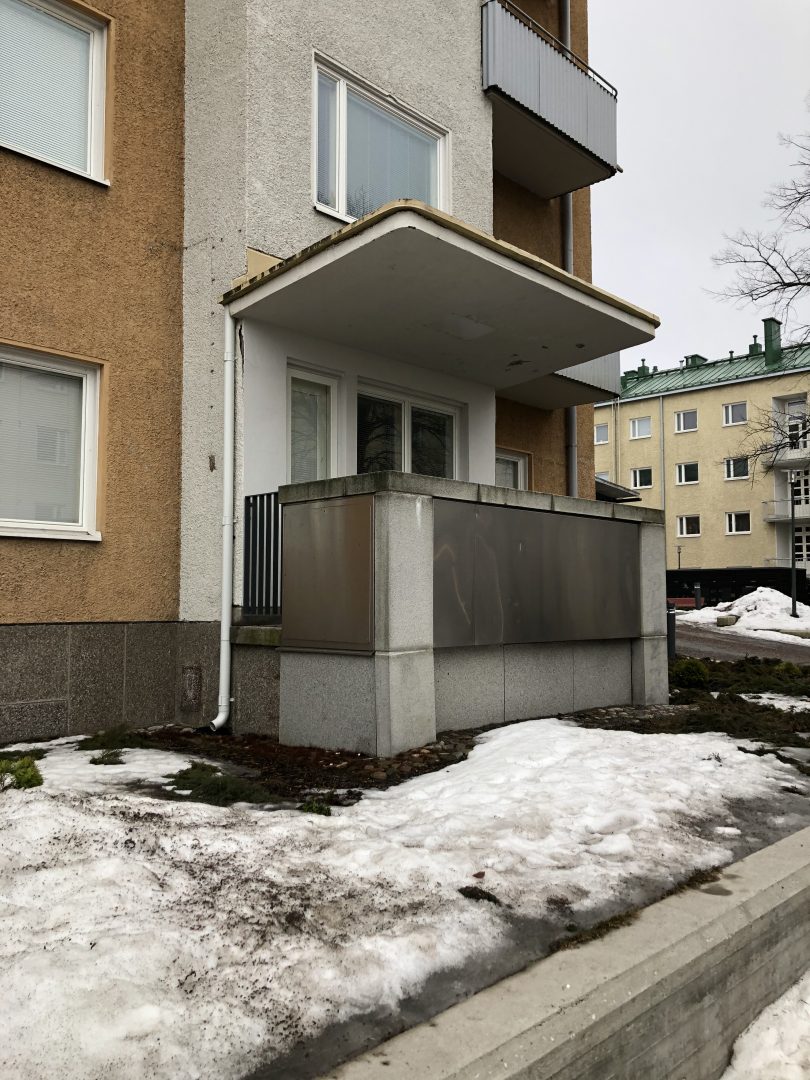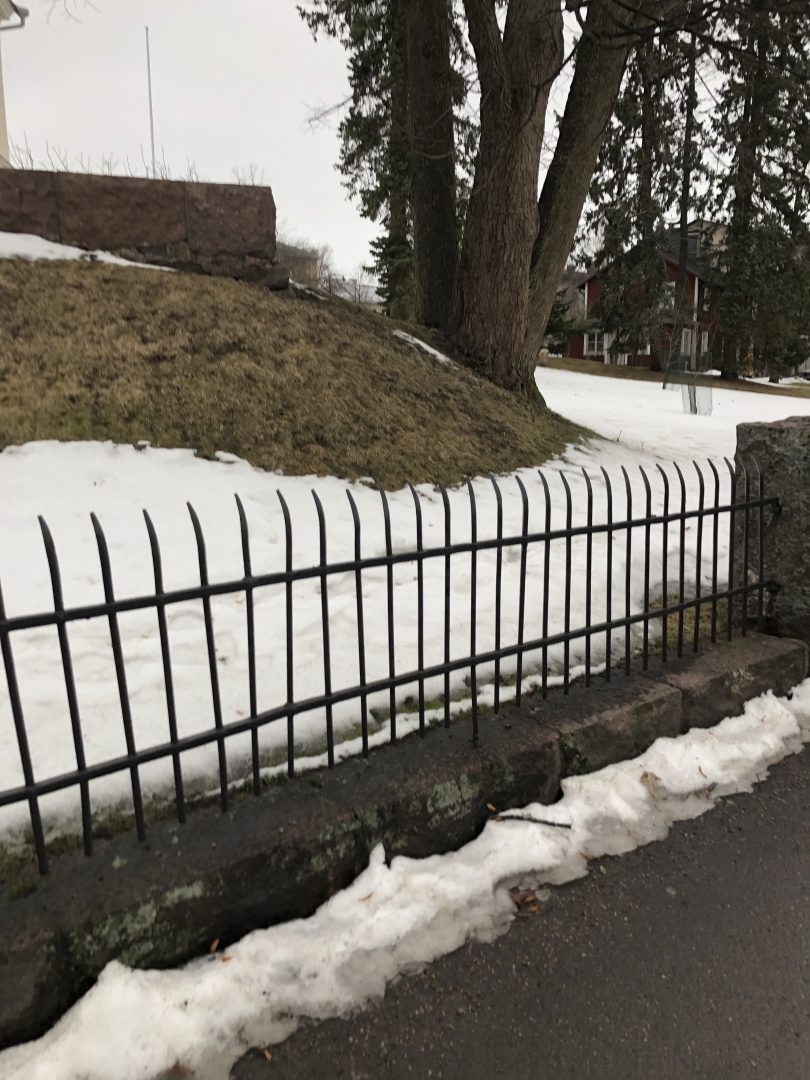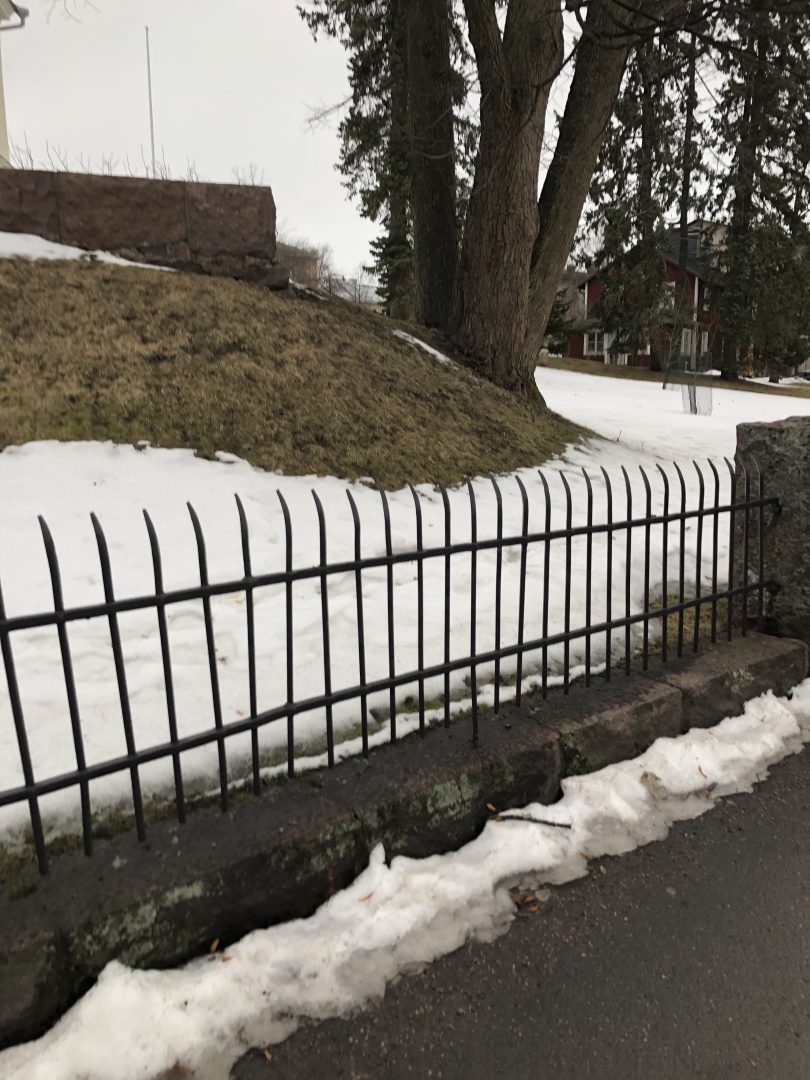By Kathleen Diémé
Segment of a commentary about the movie “The Social Life of Small Urban Spaces”.
The feeling of safety and ownership go hand by hand. However, sometimes just the mere experience of being part of the unique configuration of time and space is enough to create the sense of belonging and participating. This is what Whyte calls triangulation. The nest is thus present as an abstract form, as an idea, as spontaneous actions take place in various forms. An example of the latter is the square of Lasipalatsi in which the subterranean Amos Rex museum forms a waving terrain punctuated by round concrete hills. The square doesn’t have movable elements nor trees but it keeps on attracting people to sit on its hills, walk on top of them and just look at other people. The sense of being secured is present as one searches for their sitting spot on the hills each of which having their own character, size and form. The awareness of the life underneath them adds up to the feeling of being surrounded by people. The actions that take place on the domes are in constant change: one minute one can see children biking up and down the hills, on the other people sunbathing and peeking down the skylights to the museum. Perhaps it is especially this particular museum that caters to the sense of belonging and participating more than its counterparts since it brings some of its inner world to the public realm. A world that has traditionally been only reserved to some and exclusive to others. The feeling of being safe includes the feeling of being rooted. The feeling of being rooted in turn is nurtured by places that allow their use in a free and spontaneous manner. At best these places include an unspoken promise that something new and interesting might occur at any given moment — something that has the potential to alter the life of a single person.
